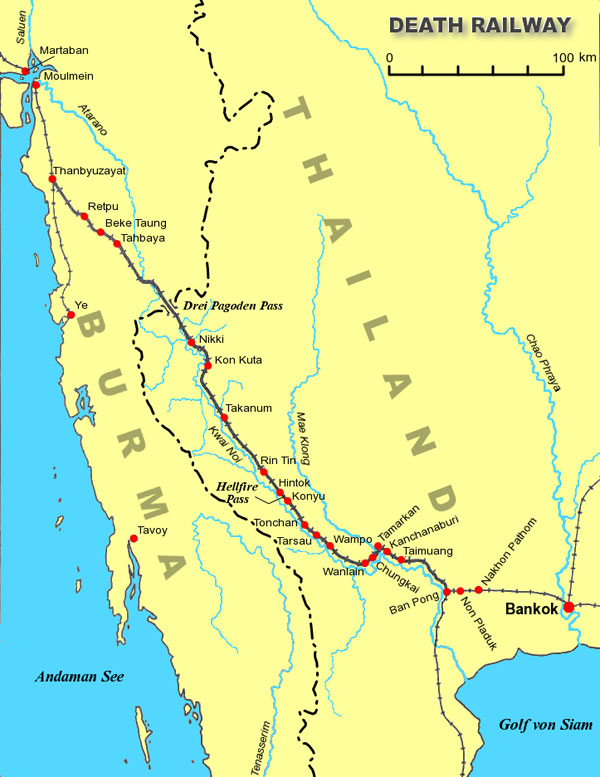US standard will be harder to achieve
Thai developers and building owners who want to certify structures as green may need to apply for local certification, as the new standard from the US-based Leadership in Energy and Environmental Design (LEED) 2012 will be harder to achieve.
Dr Atch Sreshthaputra, an assistant professor at Chulalongkorn University, says LEED 2012, which will take effect in November this year, contains several new requirements. They include carbon-dioxide footprint reduction, sustainable land development, more green products used in the building, and professional practices based on integrative processes and building information modelling (BIM), which will change the working approach of engineers and architects.
“The new LEED version will involve social and cultural issues,” Dr Atch said. “For example, a building needs to be constructed for people of many social levels to use. This suits American society, but buildings in Thailand are unlikely to be able to apply.”
The current LEED 2009 focuses on energy conservation, air-conditioning systems, the building shell and the usage of energy-saving electric bulbs. The new version will place more weight on location and transport _ a building’s location could help reduce traffic problems _ and the outer environment.
“Thai building owners should turn to the Thai green mark,” said Dr Atch, a green building specialist and a member of the Thai Green Building Institute (TGBI).
He said the TGBI would open for applications by the end of next month. Some 20 projects, mostly in Bangkok, are interested in applying and should take only a few months to certify.
The application, however, will cover only renovated buildings as draft criteria and details for new buildings are not complete. Renovations to create a green building could include changes to the air-conditioning system and the building shell in line with TGBI criteria.
“To promote green buildings, tax incentives should be encouraged,” Dr Atch said.
There is a growing effort by the Bangkok Metropolitan Administration to promote energy conservation in buildings by giving a bonus of 20% in construction area to any building that uses energy conservation.
The campaign will be the subject of public hearings among academics and professionals involved in the regulation by the end of September.
Dr Atch stressed the importance of moving toward a more sustainable building philosophy, focusing on establishing and reinforcing national green building indicators.
He said this could pave the way for best practices from which Thailand will benefit both environmentally and economically.
From Sept 14-16, Build Eco Xpo (BEX) Asia will be held in Singapore. BEX Asia is Southeast Asia’s exhibition of green building architecture, design, products, practices and technologies for environmental sustainability.
The three-day event is staged alongside the International Green Building Conference (IGBC), focusing on hot topics such as tropical architecture and green building case studies under the theme “Build Green: Act Now”.
Louise Chua, the project director for BEX Asia 2011, describes the event as a business platform for the region to gather and trade knowledge for creating a greener and sustainable future. Industry players can source from suppliers in about 30 countries this year.
Some of the environmentally friendly materials and products to be found at BEX Asia 2011 include building materials, measurement systems, air-conditioning systems and interior decorating materials.
Lim Siew Mei, the country director for China at the Building and Construction Authority of Singapore, shared invaluable insights into the various green initiatives and best practices that Singapore has employed and achieved, ones that have also contributed in some manner to the overall region.
Source: http://www.bangkokpost.com/business/economics/252846/local-green-building-rules-a-better-fit
